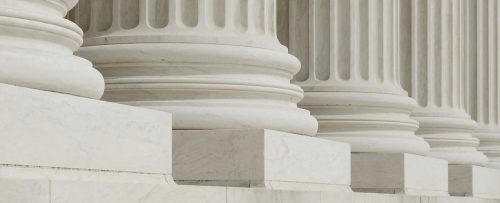
News & Events | CWP Admin
Summary from the NIOSH Advisory Board on the Nevada Test Site
January 9, 2017
January 9, 2017
CWP Admin
News & Events
This work group was formed in the spring of 2006 to review the Nevada Test Site (NTS) Site Profile for accuracy. In January 2008 the work group was also tasked with reviewing a NTS petition for a Special Exposure Cohort (SEC).
On July 28, 2006 a SEC was approved which covered NTS workers from January 27, 1951 through December 31, 1962. A second SEC was approved on May 7, 2010 which covered workers from January 1, 1963 through December 31, 1992. This left the work group with NTS site profile issues to resolve.
To date the NTS work group has met 15 times. The last time the work group met was December 2014.
At the December 2014, Site Profile Issues 14, 16, 18, 20, 24 were considered closed because one of the SECs took care of those problems. This left 22 issues that needed to be dealt with.
The January 5 meeting discussed how dose reconstruction calculations were performed for radionuclides based on soil samples. Another discussion is necessary to clarify this issue before it can be determined if these calculations are correct or if any changes will increase any worker’s dose.
Sanford Cohen and Associates, the Board’s contractor made six recommendations which were discussed.
- Change the time period of reconstruction of occupational environmental dose to July 17, 1962, through December 31, 1992.
- Provide a more valid statement about the likelihood of identification and bioassay results: “These workers may have been identified on the rosters that were published before the event, and these workers may have had bioassay results in the DOE records.”
- NIOSH and contractors should redo the calculations for correction of fractionation to include all four steps. This requires the additional steps of renormalizing the source term after each addition of refractory elements.
- NIOSH and contractors should be very specific about how their calculations were made and provide the results of all intermediate calculations so that SC&A and others can verify the calculations.
- NIOSH and contractors should also consider the source term for the Sedan event, which was a large thermonuclear event on July 6, 1962.
- The impacts of hundreds of releases of large quantities of short-lived radionuclides in the 1962–1970 period should be considered in a more serious manner so that exposures to claimants are considered fairly.
The following issues are still open and need to be resolved:
- Item 6: The use of the site average air concentration values when worker location is not known is not claimant favorable. Largest value consistent with job-type data should be used in such cases.
- Item 7: Resuspension doses to monitored workers, especially early re-entry workers, may be underestimated, due to the presence of short-lived radionuclides and higher resuspension expected in the days and months after a test (including safety tests). TBD does not specify procedures for estimating environmental internal doses in such cases.
- Item 11: Correction factors for external environmental dose due to geometry of organ relative to badge, and angular dependence of the dose conversion factor need to be developed.
- Item 13: Environmental doses due to I-131 venting need to be taken into account for non-monitored workers.
- Item 15: Resuspension of radionuclides by the blast wave, fractionation of relatively non-volatile radionuclides, and the variability of Cs-137 to Sr-90 ratios need to be taken into account in internal dose estimation.
- Item 19: There are no beta dose data until 1966; the TBD does not specify a procedure for estimating pre-1966 beta dose. When the approach is developed, the large hot-particle issue will need to be taken into account.
- Item 21: The TBD does not contain information about extremity dosimetry. Site status of bomb assembly workers is unclear.
- Item 22: There are no neutron dose data until 1966, and partial data until 1979. TBD assertion that neutron doses during atmospheric testing were negligible has not been substantiated and may be in error for some workers.
The next meeting was not scheduled.
